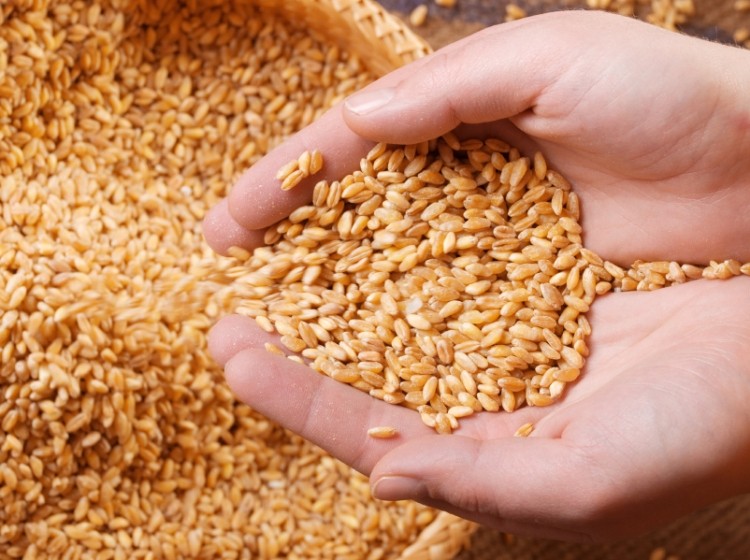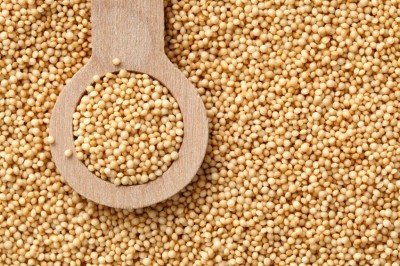Seeking a definition: What makes whole grains whole?

Writing in Proceedings of the Nutrition Society, Chris Seal and Iain Brownlee of Newcastle University’s Human Nutrition Research Centre said there was increasing evidence for the benefits of whole grain foods, but the definition of ‘whole grain’ varied around the world.
“Of key importance in this area are definitions of ‘whole grain’ and ‘whole-grain foods’ which can be applied to published data and, eventually, to allow for clear public health messages with recommendations for WG [whole grain] intake,” they wrote.
Many countries, including the UK, the Netherlands, Germany, and the United States recommend increasing whole grain consumption. However, there is no legally endorsed definition for what constitutes a whole grain in Europe, and different countries have different standards – or no standards at all.
Setting such a definition may seem simple enough, the paper’s authors wrote, but the task has courted controversy ever since the American Association for Cereal Chemists set the first formal definition in 1999. It specified that the parts of the grain should remain in their natural ratios, but questions arose about what could be accepted as a grain – did soy count, for example?
Most recently, whole grains have been defined through the European HealthGrain project, which allows for small losses of components through processing – unlike the AACCI definition – but also endorses the natural ratio of germ, endosperm and bran. In addition, its definition includes an inclusive list of commonly available grains, pseudograins and wild rice.
As for whole grain foods, similar disagreements have arisen.
“A number of definitions agree that WG foods should contain over half their weight from WG sources,” the researchers wrote. “The disagreements come in relation to whether this should be expressed as the dry content of the product, or whether it should be based on ingredient declarations.”
If dry weight were the defining factor, this could exclude some products with high moisture content, like bread, and also dried products as served, like whole grain pasta or dried breakfast cereals, which include water or milk in preparation.
In conclusion, the authors urge development of standard definitions for whole grain and whole grain foods, but added that they should bear in mind how generalised these definitions can feasibly be.
“Health messages should be based on what the target population consume, what health challenges they face or are expected to face and what the quality of evidence is in relation to the association of WG food intake with health outcomes in this population group,” they wrote.
Source: Proceedings of the Nutrition Society
doi:10.1017/S0029665115002104
“Whole-grain foods and chronic disease: evidence from epidemiological and intervention studies”
Authors: Chris J. Seal and Iain A. Brownlee














